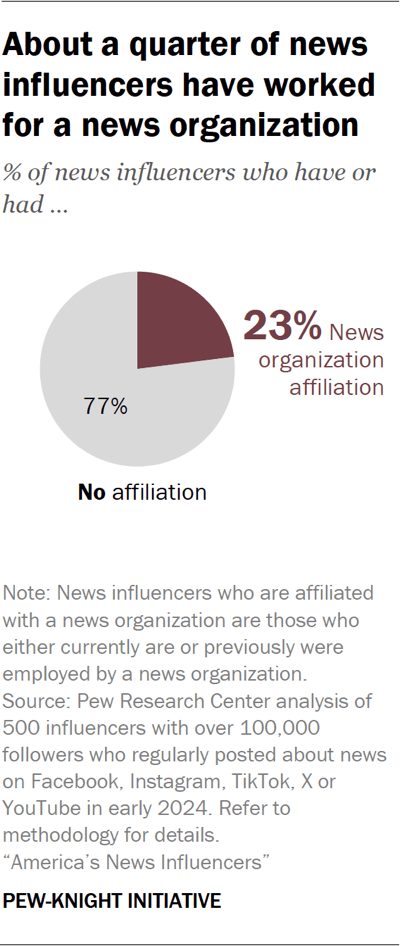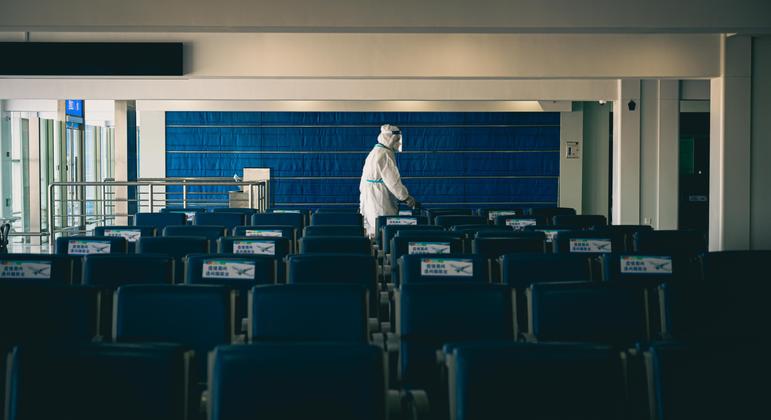Rape myths are stereotypes and false beliefs associated with all forms of sexual assault. Popular rape myths include “she was asking for it,” “good guys don’t commit rape,” and “women lie about being raped to ruin men’s reputations.”
Recent research on sexual assault trials in Australia found that defence lawyers rely on, and reproduce, rape myths. But until now, it wasn’t clear if some rape myths are unique to sexual violence in the military.
Identifying military rape myths is essential to help reduce sexual violence committed by service members against their fellow soldiers.
Research focused on civilian rape myths has revealed that when rape myths are accepted, there are increased negative perceptions of rape survivors, lower conviction rates, shorter sentences for perpetrators and more police reports that reproduce rape myths.
It makes sense that there might be rape myths unique to the military. Sexual violence perpetrated internally in the military is distinct from civilian sexual violence in terms of how often it happens, how it can impact victims’ careers, the military justice system and public trust of — even reverence for — military institutions.
The scourge of military sexual assault
Sexual violence within most western military forces has been increasing despite increased attention and resources devoted to the problem.
In Australia, female service members have a one in four chance of being harassed or assaulted over the course of their careers. The United States Army saw a 26 per cent increase in sexual assaults between 2020 and 2021.
The Canadian government recently extended the deadline for submitting claims to a sexual misconduct class-action lawsuit worth almost $1 billion after more than 19,000 victims came forward with claims.
There is strong evidence that available data on military sexual violence is merely the tip of the iceberg. Research from several countries indicates that more than 80 per cent of victims do not report their assault.
THE CANADIAN PRESS/Jeff McIntosh
Three military rape myths
To better understand if there are specific rape myths associated with public conversations about military sexual violence, I studied 30 years of media coverage of the problem in three countries: the U.S., Canada and Australia.
I published the results of this work in a recent book, Good Soldiers Don’t Rape: The Stories We Tell About Military Sexual Violence.
One of my biggest findings is that there are distinct military rape myths that pervade international media coverage. Here are three of the biggest ones:
-
Sexual violence is a natural, if unfortunate, by-product of a military culture that requires tough, combat-ready “good” warriors.
-
Women who choose to join the military should know that sexual violence is a risk because men can’t be expected to control their urges, particularly in high-pressure situations.
-
Only military leaders know how to handle the problem of sexual violence. The public often misunderstands or overreacts to the unique nature of sexual violence within defence forces.
To be clear, this isn’t merely a media coverage problem. The media coverage reflects public conversations, including statements by military leaders and opinion pieces by prominent figures.
‘Men will be men’ justification
An example was in 2015, when Gen. Tom Lawson, then the Canadian chief of the defence staff, suggested sexual violence would naturally be present in any institution dominated by men.

THE CANADIAN PRESS/Adrian Wyld
He claimed that male soldiers are “biologically wired in a certain way … (to) believe it is a reasonable thing to press themselves and their desires on others.”
Another example was in 2012 in Australia, when a former Air Force pilot claimed that you cannot expect “testosterone to remain dormant” when men and women are “at the peak of their sexuality, then training them to be warriors … and putting them together in a semi-cloistered environment.”
Military rape myths are similar to the rape myths associated with civilian sexual assault. Both sets of rape myths create a series of excuses that remove institutional accountability, evade the acknowledgement of a systemic and persistent institutional problem and diffuse or weaken efforts to address the problem.
Gaslighting victims
They also shift the blame of the problem away from perpetrators and military institutions and gaslight victims and the public.
They send a message that internal military sexual violence should be expected and that women’s presence in the institution is the problem, not perpetrators. Military rape myths also call into question issues raised by victims and the public by portraying concerns about military sexual violence as poorly informed or overreactions.
What’s taking Canada’s Armed Forces so long to tackle sexual misconduct?
Identifying rape myths is a first step towards unravelling them and encouraging public conversations that avoid perpetuating stereotypes that let military forces and perpetrators off the hook.
Dispelling rape myths should be a top priority for all national armed forces, especially like those in the U.S., Canada and Australia that claim to be implementing cultural reform aimed at addressing systemic forms of discrimination.



